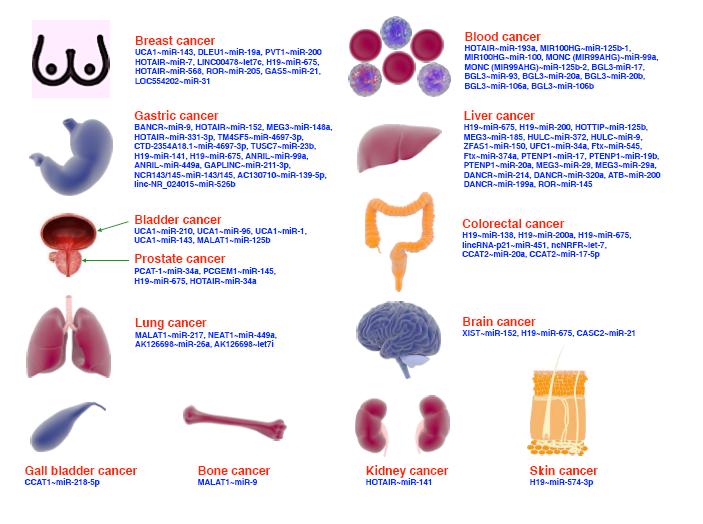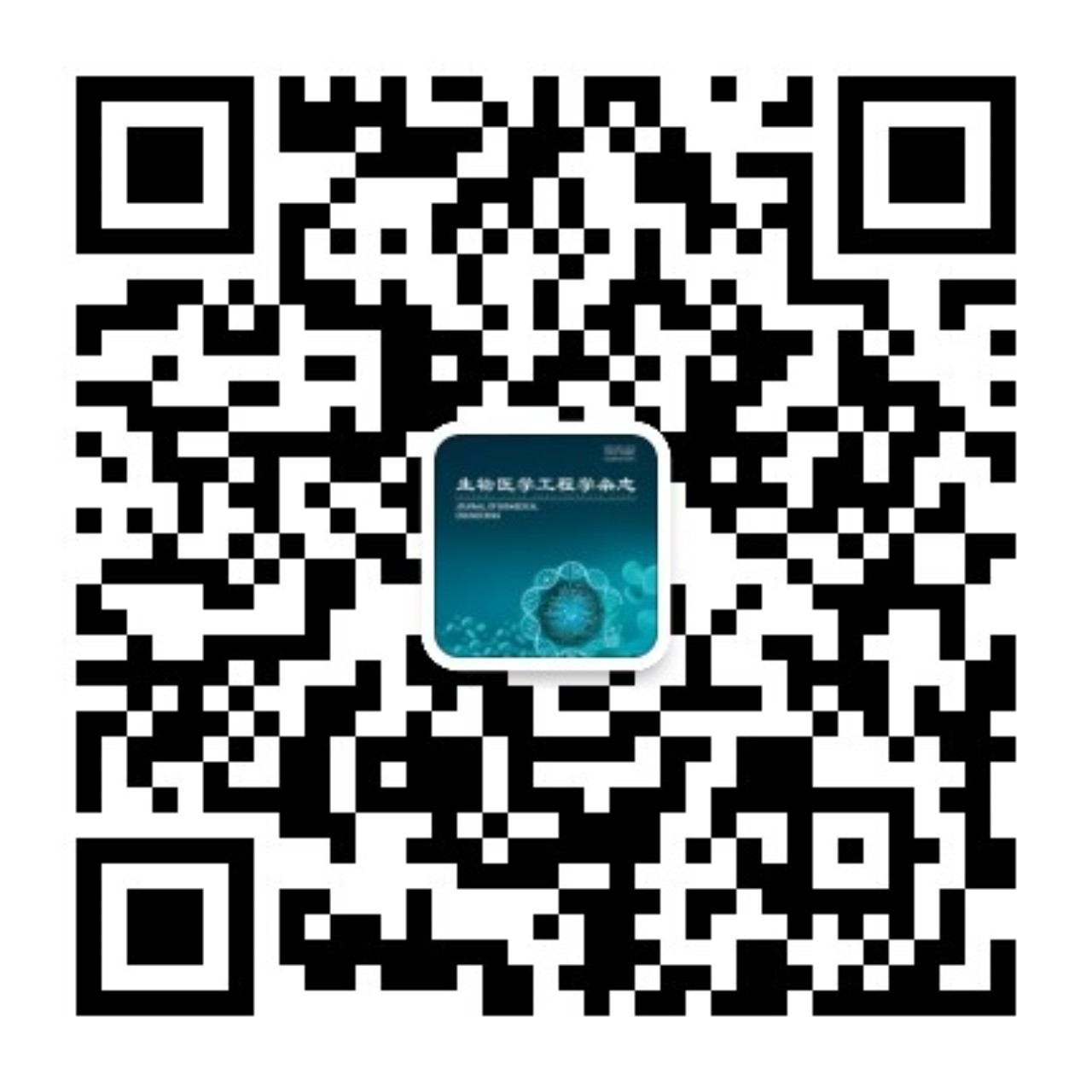| 1. |
陆林. 沈渔邨精神病学第6版. 北京: 人民卫生出版社, 2018: 390-398.
|
| 2. |
陈锡美, 陈媛美, 陈芸, 等. 青少年非自杀性自伤行为特征及高危因素分析. 中国医学创新, 2024, 21(27): 157-161.
|
| 3. |
姚珂珂, 司夏樱. 非自杀性自伤青少年神经认知功能相关电生理研究进展. 中国当代儿科杂志, 2023, 25(6): 653-657.
|
| 4. |
贾雪瑜, 王婷婷, 王春霞, 等. 非自杀性自伤行为与心理行为问题的研究进展. 神经疾病与精神卫生, 2023, 23(1): 2-6.
|
| 5. |
Wolff J C, Thompson E, Thomas S A, et al. Emotion dysregulation and non-suicidal self-injury: a systematic review and meta-analysis. Eur Psychiatry, 2019(59): 25-36.
|
| 6. |
Koenig J, Rinnewitz L, Warth M, et al. Psychobiological response to pain in female adolescents with nonsuicidal selfinjury. J Psychiatry Neurosci, 2017, 42(3): 189-199.
|
| 7. |
O’Reardon J P, Solvason H B, Janicak P G, et al. Efficacy and safety of transcranial magnetic stimulation in the acute treatment of major depression: a multisite randomized controlled trial. Biol Psychiatry, 2007, 62(11): 1208-1216.
|
| 8. |
何林丽, 蔡定均, 郑博, 等. 电针配合重复经颅磁刺激治疗焦虑抑郁共病的ERPs研究. 上海针灸杂志, 2012, 31(7): 461-463.
|
| 9. |
Lefaucheur J P, Aleman A, Baeken C, et al. Evidence-based guidelines on the therapeutic use of repetitive transcranialmagnetic stimulation (rTMS): An update (2014-2018). Clin Neurophysiol, 2020, 131(2): 474-528.
|
| 10. |
Hameed M Q, Dhamne S C, Gersner R, et al. Transcranial magnetic and direct current stimulation in children. Curr Neurol Neurosci Rep, 2017, 17(2): 11.
|
| 11. |
苏亮, 李茜, 于欣, 等, 齐拉西酮注射液超说明书用药的中国专家共识. 临床精神医学杂志, 2021, 3(6): 425-429.
|
| 12. |
张晓阳, 杨晓江, 王哲伟, 等. 齐拉西酮与氟哌啶醇注射液治疗精神分裂症急性激越症状的临床对照研究. 四川精神卫生, 2015, 28(1): 42-44.
|
| 13. |
Rosa A R, Franco C, Torrent C, et al. Ziprasidone in the treatment of affective disorders: a review. CNS Neurosci Ther, 2008, 14(4): 278-286.
|
| 14. |
Ye Zhuofan, Zhang Fanshi, Cui Ruxue, et al. The effect of depression on non-suicidal self-injury and psychological status in adolescents with unipolar and bipolar disorders. BMC Psychol, 2024, 12(1): 743.
|
| 15. |
Liu Jun, Guan Juan, Xiong Jie, et al. Effects of transcranial magnetic stimulation combined with sertraline on cognitive level, inflammatory response and neurological function in depressive disorder patients with non-suicidal self-injury behavior. Actas Esp Psiquiatr, 2024, 52(1): 28-36.
|
| 16. |
王学义, 陆林. 经颅磁刺激与神经精神疾病. 北京: 北京大学医学出版社, 2014: 112-118.
|
| 17. |
Croarkin P E, Nakonezny P A, Husain M M, et al. Evidence for increased glutamatergic cortical facilitation in children and adolescents with major depressive disorder. JAMA Psychiatry, 2013, 70(3): 291-299.
|
| 18. |
黄佳茜, 李涓, 邹可, 等. 经颅磁刺激评估抑郁症患者皮层兴奋抑制性及其与症状严重程度的相关性. 精神医学杂志, 2022, 35(1): 14-18.
|
| 19. |
江山, 李娅娜, 王会会, 等. 低频经颅磁刺激对缺血缺氧脑损伤大鼠学习记忆及体外培养缺血缺氧神经元谷氨酸释放的影响. 中国康复医学杂志, 2019, 34(12): 1397-1402.
|
| 20. |
艾明, 靳佳佳, 冉柳毅, 等. 神经胶质高亲和力谷氨酸转运体基因多态性与青少年非自杀性自伤的关联研究. 中华行为医学与脑科学杂志, 2018, 27(3): 222-225.
|
| 21. |
Darragh P D. The neuropathology of Self-Injurious Behavior: Studies using animal models. Brain Res, 2024, 1844(1): 149-172.
|
| 22. |
Sun A Y, Woods S, Findling R L, et al. Safety considerations in the psychopharmacology of pediatric bipolar disorder. Expert Opin Drug Saf, 2019, 18(9): 777-794.
|
| 23. |
Croarkin P E, MacMaster F P. Transcranial magnetic stimulation for adolescent depression. Child Adolesc Psychiatr Clin N Am, 2019, 28(1): 33-43.
|
| 24. |
孙学礼. 精神病学第4版. 北京: 高等教育出版社, 2020: 197-207.
|
| 25. |
孙亚男. 齐拉西酮联合碳酸锂治疗青少年双相I型障碍躁狂发作的疗效评价. 中国现代药物应用, 2021, 15(6): 209-211.
|
| 26. |
陈燕. 齐拉西酮的研究进展. 国际精神病学杂志, 2015, 42(1): 138-140.
|
| 27. |
Keck P E Jr, Versiani M, Potkin S, et al. Ziprasidone in the trearment of acute bipolar mania: a three-week, placebocontrolled, double-blind, randomized trial. Am J Psychiatry, 2003, 160(4): 741-748.
|
| 28. |
Lakshmi N Y, Sidney H K, Sagar V P, et al. Canadian Network for Mood and Anxiety Treatments (CANMAT) and International Society for Bipolar Disorders (ISBD) 2018 guidelines for the management of patients with bipolar disorder. Bipolar Disord, 2018, 20(2): 97-170.
|
| 29. |
高骏波. 重复经颅磁刺激治疗青少年抑郁症非自杀性自伤研究进展. 中国健康心理学杂志, 2020, 28(11): 1738-1743.
|
| 30. |
梁晓敏. 精神障碍住院患者自杀风险及其相关因素分析. 广州: 广州医科大学, 2021.
|
| 31. |
高赫, 童茂清, 楼忠泽, 等. 青少年双相障碍门诊患者非自杀性自伤行为的调查分析. 中国现代医生, 2022, 60(15): 155-158.
|




